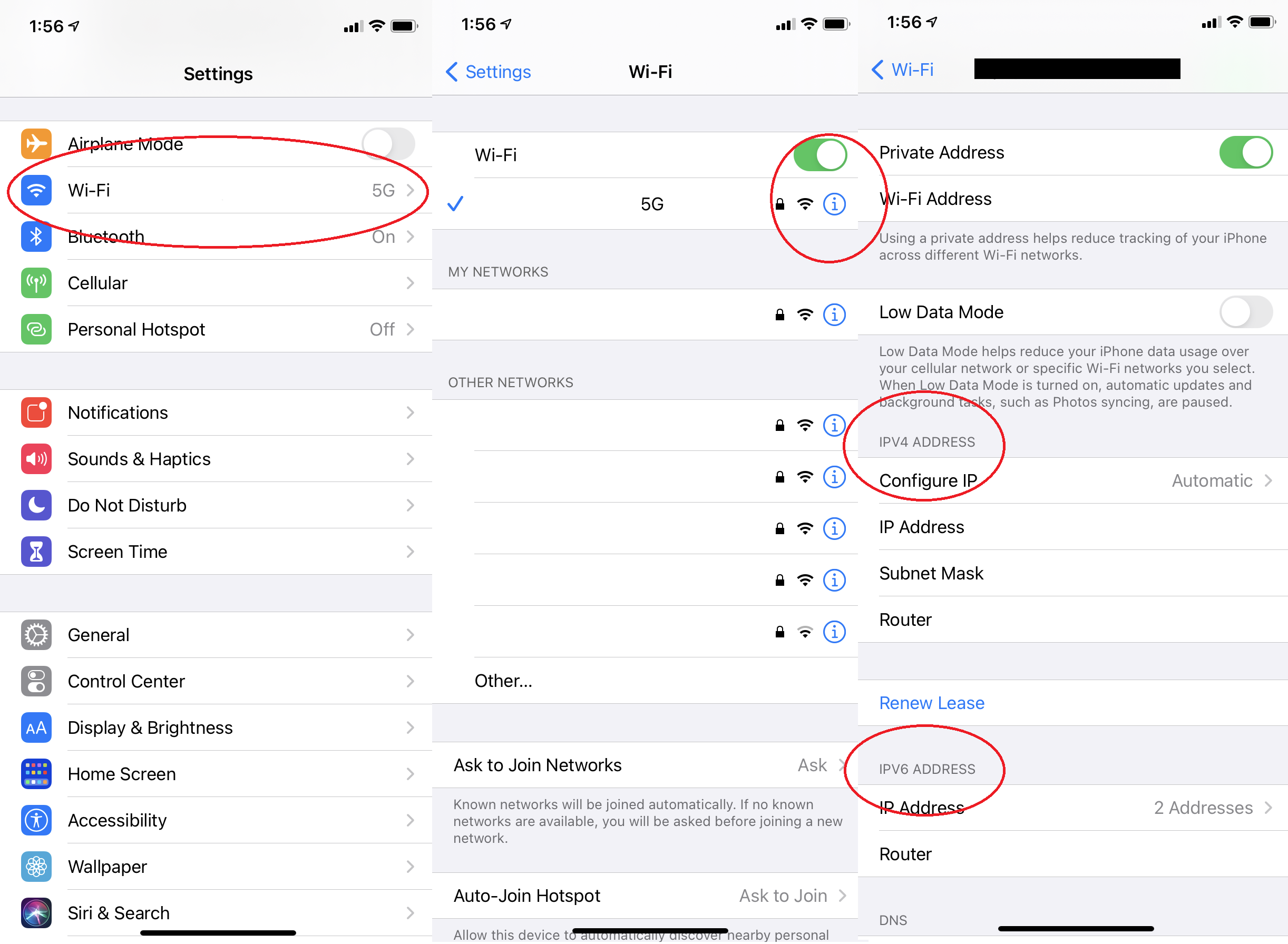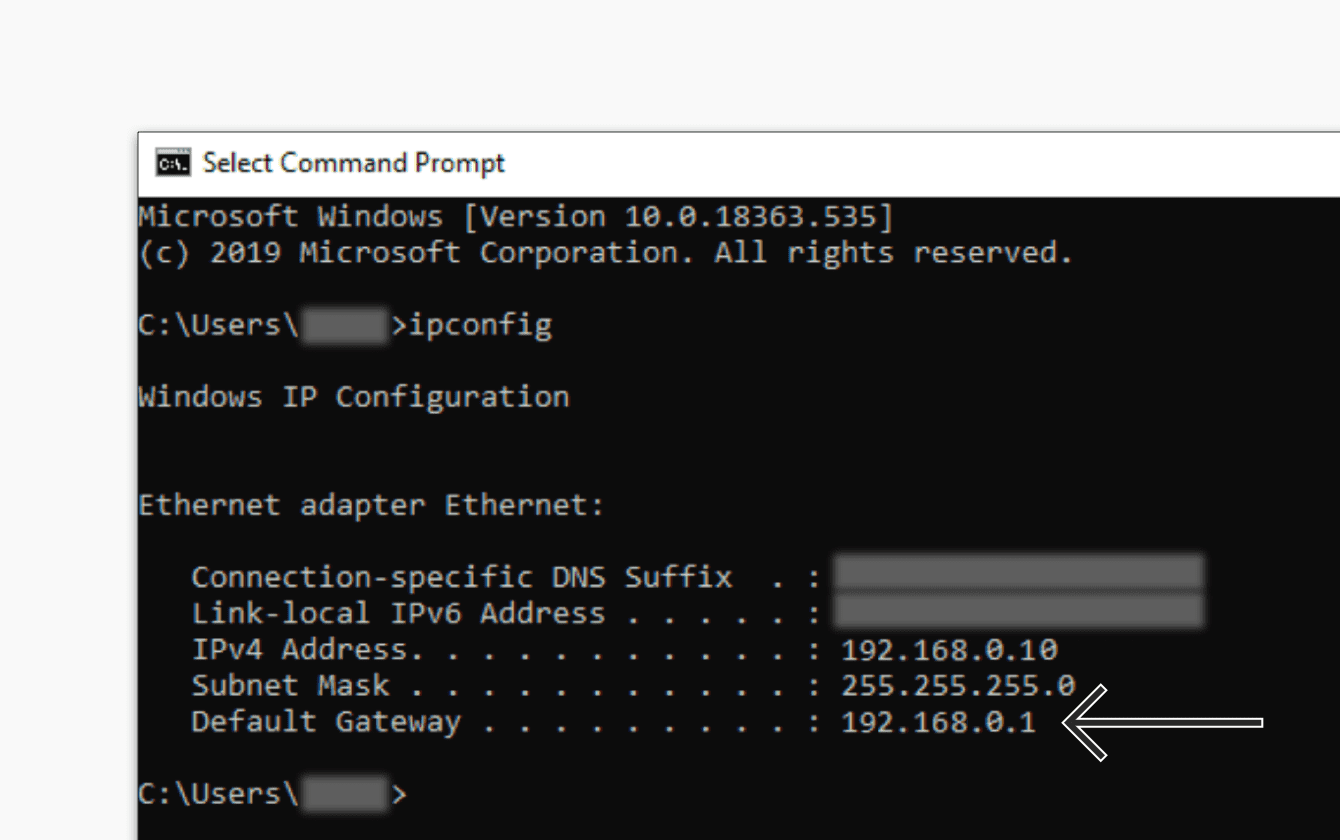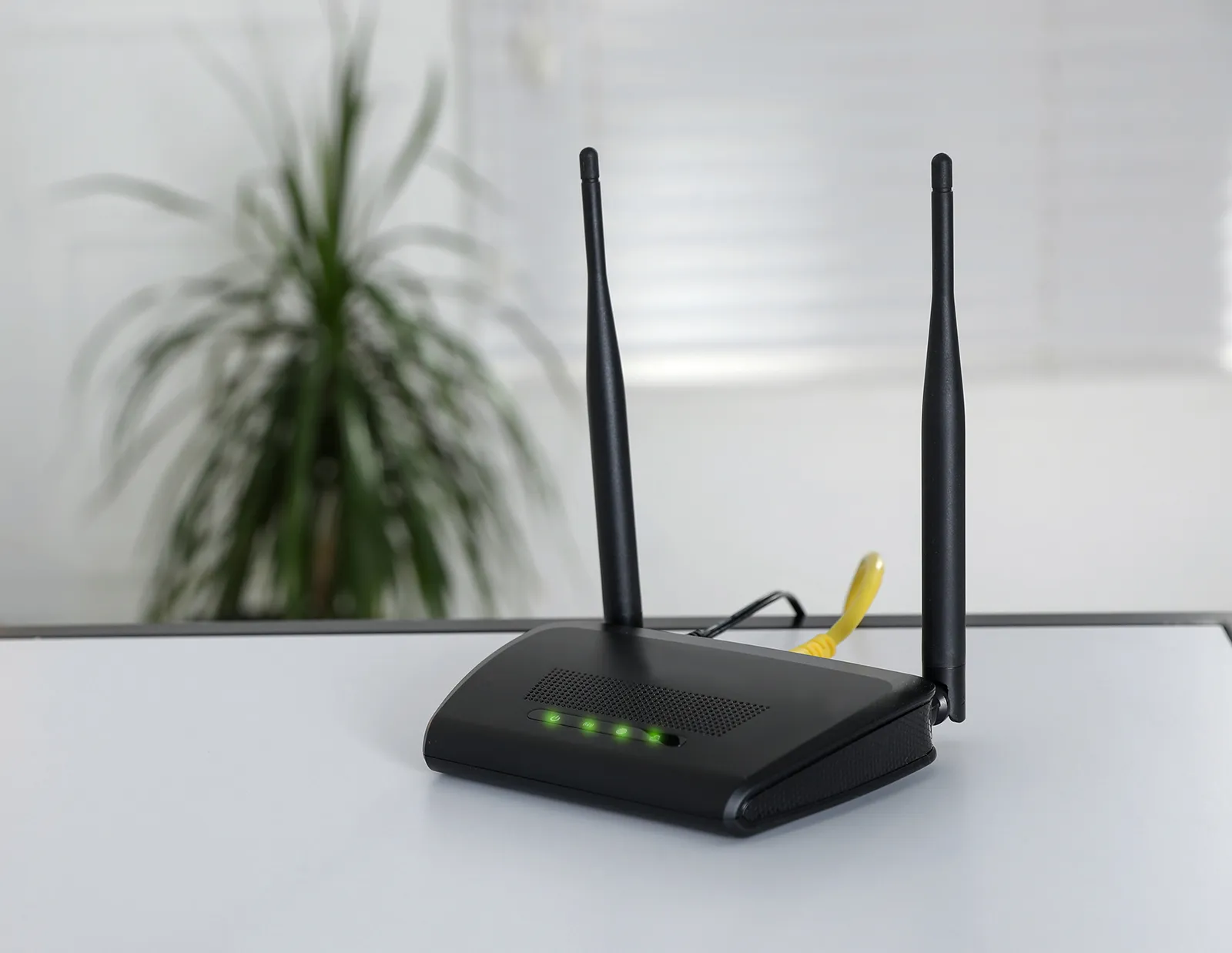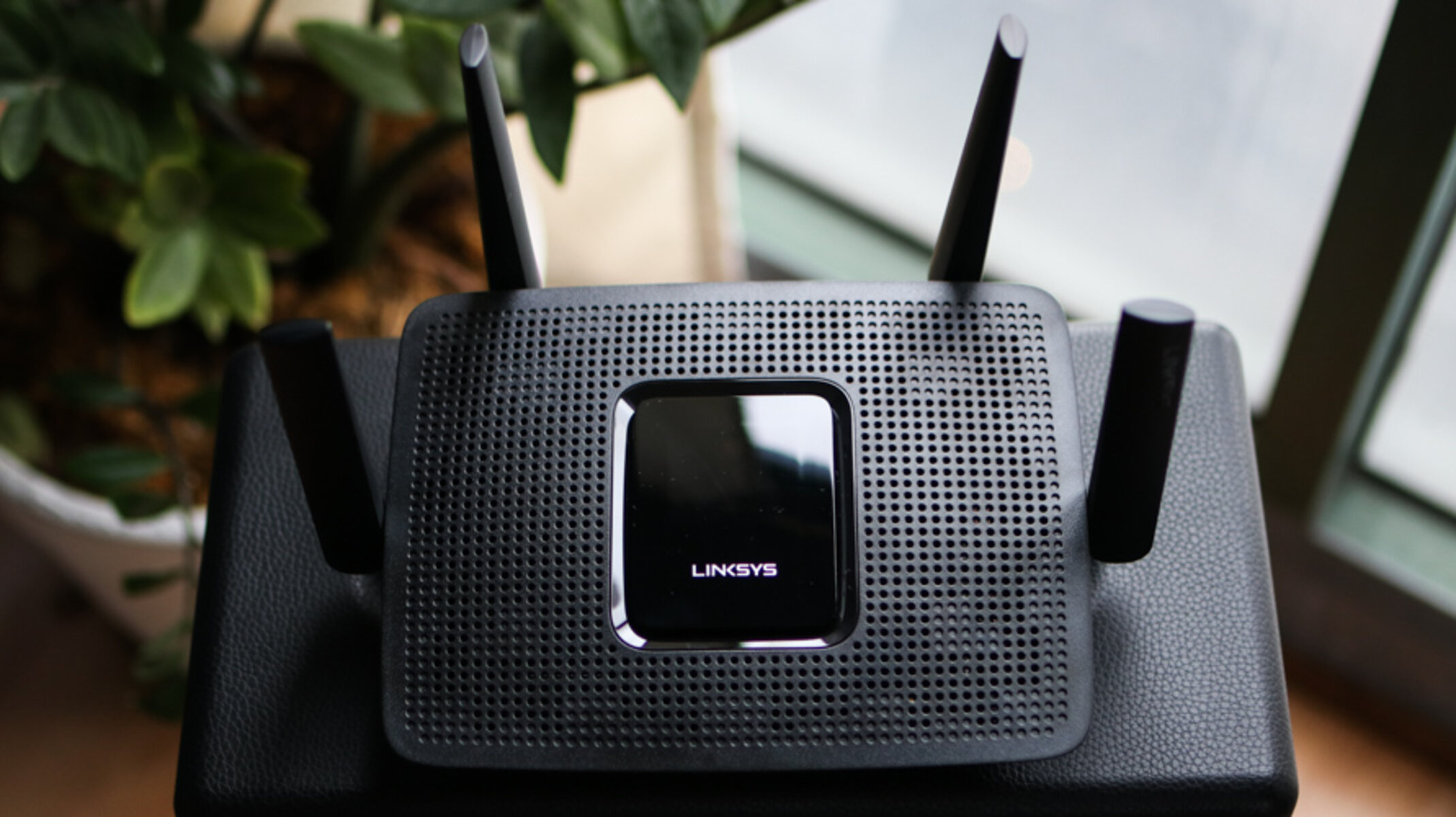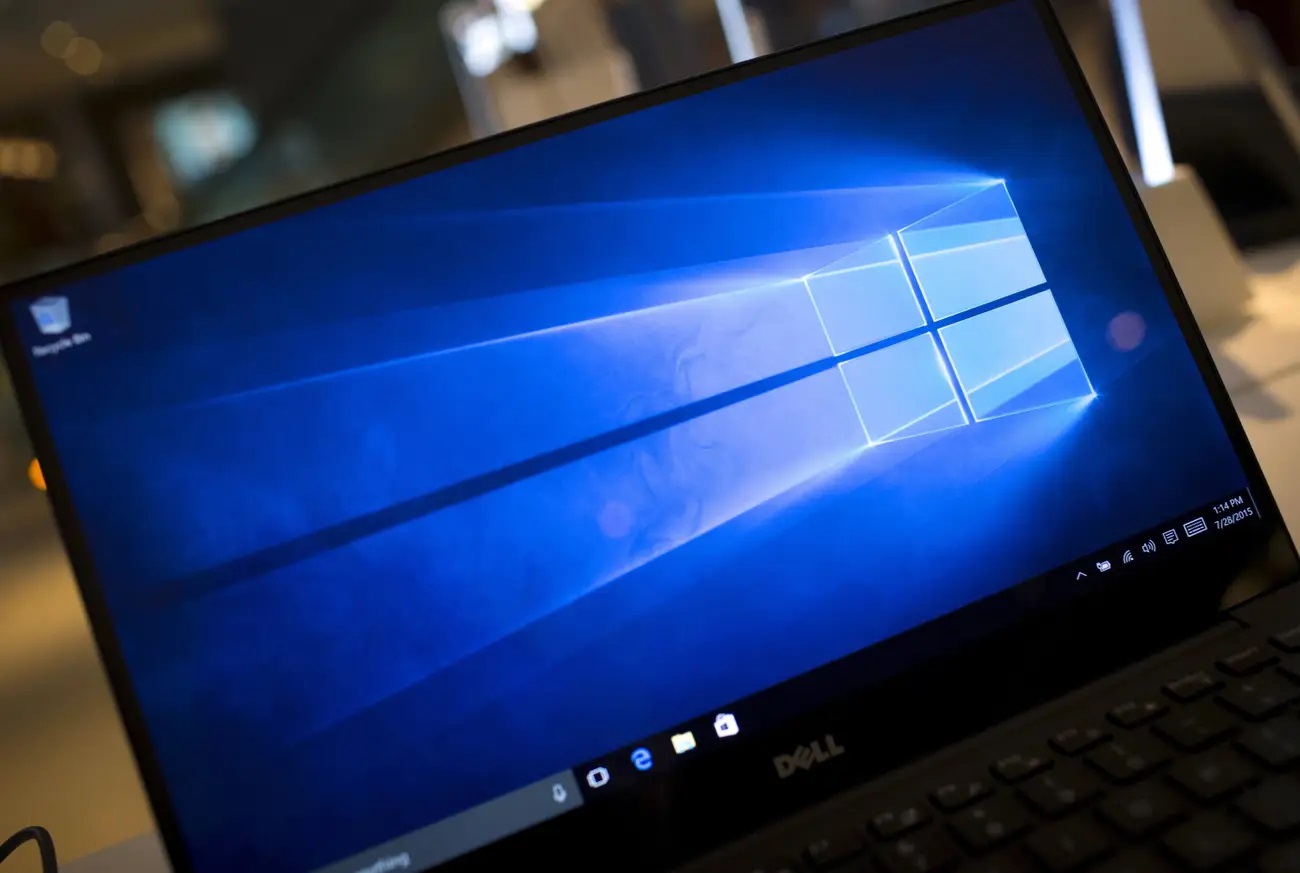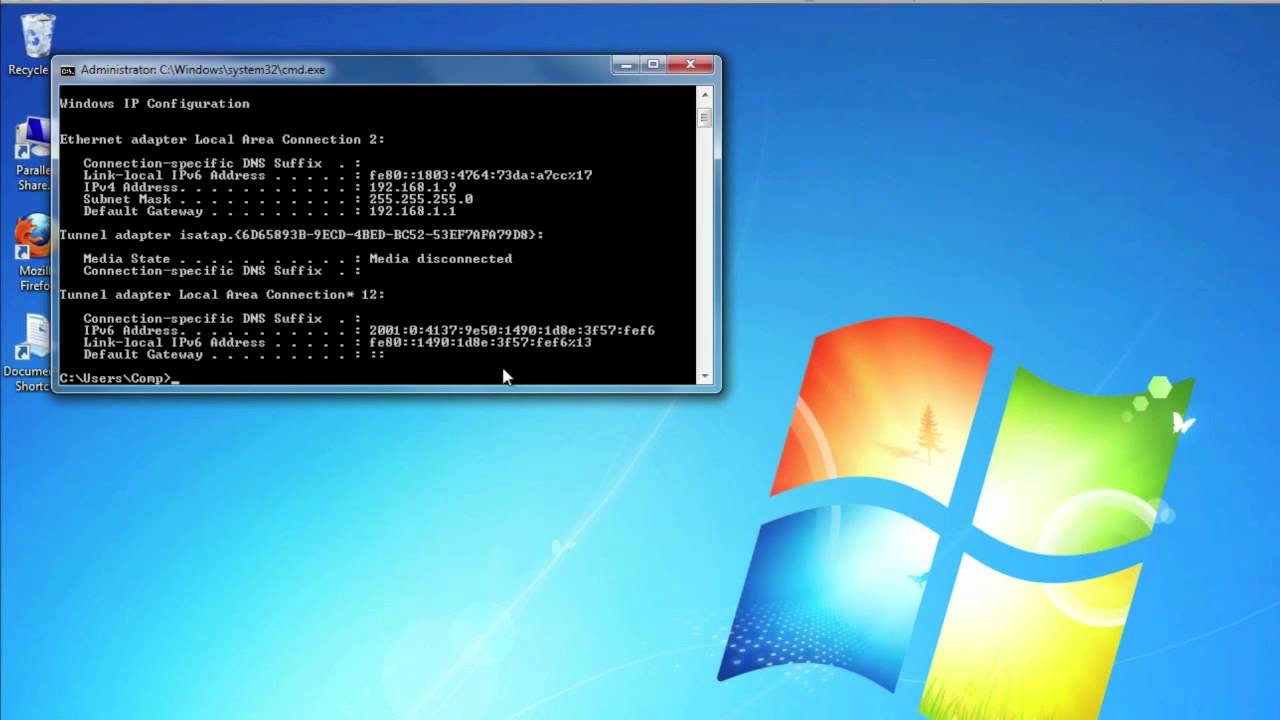Introduction
Understanding the concept of IP addresses and knowing how to find them can be valuable in various situations. Whether you’re trying to troubleshoot network connectivity issues, safeguard your online privacy, or even gather evidence in a legal matter, having the ability to locate IP addresses can provide valuable insights.
An IP address, short for Internet Protocol address, is a unique numerical identifier assigned to every device that connects to the internet. It serves as a virtual “address” for devices to communicate with each other over a network. Just like your home address allows mail to reach you, an IP address allows data packets to be sent and received between devices.
There are several reasons why you might want to find out someone’s IP address. For instance, if you’re experiencing suspicious online activities, knowing the IP address of the individual or entity involved can help you identify and potentially report the issue to authorities or relevant service providers. Additionally, understanding IP addresses can also enable you to detect and prevent unauthorized access to your network or personal information.
In this article, we will explore various methods that can be used to find out IP addresses. These methods range from using basic command prompt commands to utilizing online IP lookup tools, analyzing email headers, monitoring network traffic, and even employing IP logger services. By understanding these techniques, you can gain a better grasp of how IP addresses work and how to leverage that knowledge effectively.
It is important to note that the methods discussed in this article are intended for educational purposes and should only be used in compliance with applicable laws and regulations. Respecting privacy and ensuring ethical use of IP address information is essential.
What is an IP Address?
An IP address, or Internet Protocol address, is a unique numerical identifier assigned to any device that is connected to a computer network. It serves as a fundamental building block of the internet, enabling devices to communicate with each other and exchange data.
An IP address consists of a series of numbers separated by periods, such as “192.168.0.1”. This combination of numbers acts as a specific identifier for a device within a network. Each IP address is divided into two main parts: the network identifier and the host identifier. The network identifier indicates the network to which the device belongs, while the host identifier differentiates individual devices within that network.
There are two primary versions of IP addresses that are used today: IPv4 and IPv6. IPv4, which stands for Internet Protocol version 4, is the older and more commonly used format. It consists of 32 bits and can support approximately 4.3 billion unique IP addresses. On the other hand, IPv6, or Internet Protocol version 6, is the newer format designed to address the growing need for more available IP addresses. IPv6 uses a 128-bit format, allowing for a virtually unlimited number of addresses.
IP addresses are essential for routing and delivering data over the internet. Whenever you visit a website, send an email, or stream a video, your device’s IP address is used to establish a connection with the destination server. By identifying the source and destination of data packets, IP addresses facilitate the successful delivery of information across different networks.
Furthermore, IP addresses can provide valuable information about the geolocation of a device. This information can be used for various purposes, such as targeted advertising, content localization, and fraud detection. However, it is crucial to respect privacy laws and ethical guidelines when collecting and using IP address information.
Overall, IP addresses play a fundamental role in the functioning of the internet. They enable devices to connect, communicate, and exchange data, making them a crucial component of our digital lives.
Why would you want to find out someone’s IP address?
There are various legitimate reasons why one might want to find out someone’s IP address. Here are a few common scenarios where knowing someone’s IP address can be useful:
- Network troubleshooting: When experiencing connectivity issues, knowing the IP address of a specific device can help pinpoint the source of the problem. By identifying the IP address, network administrators can diagnose and troubleshoot network-related issues more effectively.
- Online security: In some cases, it may be necessary to identify the IP address of individuals or entities engaged in suspicious activities or cybercrimes. By finding out their IP address, you can take appropriate measures to protect your online security and report any potential threats to the relevant authorities or service providers.
- Blocking unwanted users: If you are dealing with a persistent online harasser, spammer, or hacker, finding out their IP address can provide crucial information to help you block their access to your systems or report their activities to appropriate authorities.
- Legal matters: In certain legal cases, determining someone’s IP address can be important for gathering evidence or identifying individuals involved in illegal activities. This can be particularly relevant in copyright infringement cases, online defamation, or other forms of cybercrime.
- Monitoring network activity: Network administrators may want to track the IP addresses of devices accessing their network to monitor usage, detect potential unauthorized access, or ensure compliance with organizational policies.
- Geolocation purposes: Knowing someone’s IP address can provide insights into their general location, which can be useful for targeted advertising, content localization, or analyzing website traffic patterns.
It is essential to note that while there may be valid reasons for obtaining someone’s IP address, it is equally important to respect privacy laws and ethical guidelines. Interfering with someone’s online privacy without proper legal authorization is unlawful and can have serious consequences.
It is recommended to exercise caution and use this knowledge responsibly, ensuring that you always comply with applicable laws and regulations regarding privacy and data protection.
Methods to find out IP addresses
There are several methods you can use to find out someone’s IP address. These methods range from simple command prompt commands to utilizing online tools and services. Here are some common approaches:
- Using Command Prompt: On Windows, you can use the Command Prompt utility to find the IP address of a device on your local network. By using the “ipconfig” command, you can retrieve the IP address assigned to your device, as well as the IP addresses of other devices connected to the same network.
- Using online IP lookup tools: There are numerous online tools available that allow you to search for IP addresses. These services typically provide information such as the geolocation of the IP address, the internet service provider (ISP), and other relevant details. Simply enter the IP address you want to look up, and the tool will provide you with the requested information.
- Using social media platforms: Some social media platforms provide limited access to user IP addresses for security purposes. Depending on the platform’s features, you may be able to determine the IP address of a user engaging with your profile or engaging in suspicious activities.
- Analyzing email headers: In email communications, the email header contains valuable information, including the IP address of the mail server used to send the message. By analyzing the email headers, you can retrieve the IP address information and gain insights into the origin of the email.
- Monitoring network traffic: Network monitoring tools can help you capture and analyze network traffic. By examining the traffic logs, you can identify the IP addresses of devices that have connected to your network and track their activities.
- Using IP logger services: IP logger services provide a way to track IP addresses by generating unique links. By sharing these links with the target users, you can collect their IP addresses when they click on the links. However, it is important to note that using such services must be done in compliance with applicable laws and regulations.
It’s important to note that while these methods can be helpful in finding out IP addresses, respecting privacy and adhering to legal and ethical guidelines is crucial. Always ensure that you have legitimate reasons and authorization to carry out IP address lookups, and use the information obtained responsibly and in line with applicable laws.
Using Command Prompt
The Command Prompt utility in Windows provides a straightforward way to find out the IP address of a device on your local network. This method is particularly useful when troubleshooting network connectivity issues or identifying devices connected to your network.
Here’s how you can use Command Prompt to find an IP address:
- Open the Command Prompt utility on your Windows computer. You can do this by typing “cmd” in the Windows search bar and selecting the “Command Prompt” application.
- In the Command Prompt window, type the following command:
ipconfig - Press Enter to execute the command.
- A list of network adapters and their configurations will be displayed. Look for the network adapter that you’re interested in. Usually, it’s labeled as “Ethernet adapter” or “Wireless LAN adapter” followed by the adapter’s name.
- Under the network adapter section, you will find the line labeled “IPv4 Address” or “IPv6 Address” followed by the IP address of the device. Note that multiple IP addresses might be displayed if the device has multiple network connections.
By following these steps, you can quickly find the IP address of a device on your local network using Command Prompt. It’s important to note that this method only applies to devices connected to the same network as your computer.
Using Command Prompt provides a simple and direct approach to locating IP addresses. However, keep in mind that this method only allows you to identify devices within your local network and doesn’t work for finding the IP address of devices outside of your network. For obtaining the IP address of external devices or websites, you can explore other methods such as online IP lookup tools.
Using online IP lookup tools
Online IP lookup tools provide a convenient and efficient way to find out the IP address of a device, even if it is outside of your local network. These tools gather and display information about IP addresses, including the geolocation, ISP, and other relevant details associated with the address.
Here’s how you can use online IP lookup tools to find an IP address:
- Open a web browser on your computer or mobile device.
- Search for “IP lookup tool” or “IP address lookup” using your preferred search engine.
- Choose one of the reputable online IP lookup tools from the search results.
- On the IP lookup tool’s website, you will typically find a search box or field where you can enter the IP address you want to look up.
- Enter the IP address you wish to investigate into the search box.
- Click on the “Lookup” or “Search” button to initiate the IP lookup process.
- The IP lookup tool will retrieve and display information related to the IP address you entered, such as geolocation data, the internet service provider (ISP), and other relevant details.
Online IP lookup tools provide a wealth of information about IP addresses, enabling you to gain insights into the origin and location of a particular IP address. This can be useful for various purposes, such as identifying the source of suspicious activities, verifying the geographic location of website visitors, or simply gathering general information about an IP address.
It’s important to choose reputable and trustworthy IP lookup tools to ensure accurate and reliable results. Additionally, keep in mind that IP addresses can be dynamic and may change over time, so the information provided by an IP lookup tool may not be permanent or up-to-date.
Using online IP lookup tools allows you to access comprehensive information about IP addresses quickly and easily. This method is particularly beneficial when you need to investigate IP addresses from outside your network or gain a broader understanding of a particular IP address.
Using social media platforms
Social media platforms can sometimes provide limited access to user IP addresses for security purposes. While not all platforms offer this functionality, some do allow you to find out the IP address of specific users who interact with your profile or engage in suspicious activities.
Here’s how you can potentially find out someone’s IP address using social media platforms:
- Review platform settings and features: Begin by exploring the settings and features of the social media platform you are using. Look for any options or functionalities related to security, privacy settings, or user activity tracking.
- Check for log entries: Some social media platforms maintain activity logs that provide information about user interactions with your profile. These logs may include the IP addresses associated with those activities.
- Report suspicious activities: If you encounter suspicious activities or believe someone is impersonating you or engaged in malicious behavior on a social media platform, report the incident to the platform’s support team. They may be able to provide assistance and potentially share information related to the IP addresses involved.
- Seek legal assistance if necessary: In extreme cases, where social media platforms are involved in cybercrime investigations or legal matters, legal authorities and law enforcement agencies may have the means to request and obtain IP address information from the platforms directly.
It’s important to note that the ability to access IP address information through social media platforms varies and is subject to the platform’s features, privacy settings, and legal obligations. Additionally, it’s crucial to respect privacy laws and ethical guidelines when handling such information.
Remember that obtaining IP address information through social media platforms should be done for legitimate reasons and within the bounds of applicable laws. Misuse or unauthorized use of this information can lead to legal consequences.
While social media platforms may have limitations in providing IP address information, exploring the settings and features available on these platforms can still be valuable in certain situations, such as identifying suspicious activities or reporting misuse of your profile or account.
Analyzing email headers
Email headers contain valuable information that can help trace the origin of an email, including the IP address of the mail server used to send the message. Analyzing email headers can provide insights into the source of an email and aid in identifying the sender’s IP address.
Here’s how you can analyze email headers to find out the IP address:
- Open the email: Start by opening the email you want to investigate. Most email clients offer an option to view the full email headers, usually located in the “Properties” or “Options” section of the email.
- Access the headers: Look for an option or link to view the email headers. In some email clients, this may be referred to as “View Message Headers,” “Show Original,” or similar.
- Look for the IP address: In the email headers, locate the section that mentions the “Received” or “Received From” information. This section typically includes the IP address of the mail server that handled the email.
- Identify the relevant IP address: Scan through the “Received” information and identify the IP address closest to the top of the list. This IP address is likely the one associated with the sender’s device or the initial mail server that received the email.
By analyzing email headers, you can extract valuable information such as the sender’s IP address, the mail server’s IP address, and the email’s route through different servers. This information can be useful for identifying the approximate location or origin of the email.
Keep in mind that email headers may contain multiple IP addresses, as emails can pass through various servers and systems before reaching their final destination. The IP address closest to the top of the list is usually the originating IP address, but it may not always be the case.
Analyzing email headers can provide important information when investigating suspicious emails, tracing the origin of phishing attempts, or even verifying the authenticity of an email. However, it’s important to note that email headers can be manipulated or spoofed, so caution should be exercised when relying solely on this information.
By understanding how to extract and analyze email headers, you can gather valuable insights that may help in identifying the IP address associated with an email’s origin and potentially tracing its source.
Monitoring network traffic
Monitoring network traffic is another method to find out IP addresses. Network monitoring tools allow you to capture and analyze the data packets flowing through your network. By examining the network traffic logs, you can identify the IP addresses of devices that have connected to your network and track their activities.
Here’s how you can use network traffic monitoring to find IP addresses:
- Choose a network monitoring tool: Select a network monitoring tool that suits your needs and is compatible with your network infrastructure. Popular options include Wireshark, PRTG Network Monitor, and SolarWinds Network Performance Monitor.
- Install and configure the network monitoring tool: Install the chosen network monitoring software and configure it according to your network requirements. Set up the tool to capture and record network traffic in real-time.
- Analyze the network traffic logs: Use the network monitoring tool’s interface to access the captured network traffic logs. Look for packets and connections that are of interest to you based on IP addresses or other criteria.
- Identify the source IP addresses: Within the network traffic logs, you will find the source IP addresses of devices that have connected to your network. You can track these IP addresses to identify the origin and investigate any suspicious activities.
Monitoring network traffic provides a comprehensive view of the devices and their associated IP addresses interacting with your network. It enables you to detect unauthorized access attempts, suspicious behavior, or potential security threats by examining the patterns and data flow within the network.
However, it’s important to note that network traffic monitoring tools must be used responsibly and in accordance with applicable laws and regulations. Additionally, it’s crucial to respect privacy and data protection guidelines when capturing and analyzing network traffic.
By effectively monitoring network traffic, you can identify the IP addresses of devices connecting to your network, enabling you to track their activities and ensure the security and integrity of your network environment.
Using IP logger services
IP logger services offer a method to track IP addresses by generating unique links that, when clicked by the target users, can capture their IP addresses. These services can be used for various purposes, such as tracking the location of website visitors, verifying the authenticity of clicks, or gathering IP address information.
Here’s how you can use IP logger services to find out IP addresses:
- Select a reputable IP logger service: Choose a reliable IP logger service from the available options. Do some research to ensure that the service has a good reputation and provides accurate and secure results.
- Create an account or log in: Sign up for an account on the IP logger service’s website, or log in if you already have an account.
- Generate an IP logger link: Within your account dashboard, look for an option to generate an IP logger link. Provide any required details, such as the purpose of the link or a custom name for tracking purposes.
- Share the IP logger link: Copy the generated IP logger link and share it with the individuals whose IP addresses you intend to capture. This can be done through various means, such as email, messaging apps, or social media platforms.
- Analyze the IP address logs: Once the recipient clicks on the IP logger link, their IP address will be captured and logged by the IP logger service. Access your account dashboard to view and analyze the collected IP address information.
It’s crucial to use IP logger services responsibly and in compliance with applicable laws and regulations. While these services can be helpful for legitimate purposes, such as website analytics or verifying the legitimacy of clicks, it’s important to respect privacy rights and ensure that the use of IP address information is lawful and ethical.
Additionally, keep in mind that some individuals may be cautious about clicking on unfamiliar links or be aware of IP logger services. Therefore, it’s important to obtain consent when sharing IP logger links and ensure that the information collected is used appropriately.
By utilizing IP logger services, you can track IP addresses by generating unique links. This method may be useful in various scenarios, such as monitoring website traffic, tracking user engagement, or collecting IP address data for legitimate purposes.
How to protect your own IP address
Protecting your own IP address is crucial for maintaining your online privacy and security. Here are some steps you can take to safeguard your IP address:
- Use a Virtual Private Network (VPN): A VPN encrypts your internet connection and routes it through a secure server, masking your IP address and providing anonymity. It helps protect your online activities from prying eyes, especially when connected to public Wi-Fi networks.
- Enable a firewall: Ensure that a firewall is active on your device to monitor and control incoming and outgoing network connections. This adds an extra layer of protection by blocking unauthorized access attempts.
- Regularly update your operating system and applications: Keeping your device’s operating system and applications up to date is essential to patch known vulnerabilities that can be exploited to reveal your IP address or gain unauthorized access to your system.
- Secure your Wi-Fi network: Set a strong password for your Wi-Fi network to prevent unauthorized access. Additionally, consider disabling Wi-Fi network name (SSID) broadcasting and enable network encryption protocols like WPA2.
- Be cautious of clicking on suspicious links: Avoid clicking on links from unknown or suspicious sources, as they may contain malware or phishing attempts that can potentially compromise your IP address and other personal information.
- Use secure browsing protocols: Whenever possible, use secure browsing protocols like HTTPS instead of HTTP. This encrypts your connection to websites and helps protect your IP address and other sensitive data.
- Limit sharing personal information online: Be cautious about sharing personal information online, as it can potentially be used to identify or track your IP address. Be mindful of what you share on social media platforms and other online platforms.
- Consider using a private IP address: Some internet service providers offer the option to have a private IP address, which can provide an added layer of privacy and security by limiting the visibility of your IP address to the public.
By following these steps, you can significantly enhance the protection of your IP address and reduce the risk of unauthorized access or privacy breaches. It’s important to stay vigilant and practice good online security habits to safeguard your digital footprint.
Conclusion
Understanding how to find out IP addresses and protect your own IP address is essential in today’s digital landscape. Whether for troubleshooting network issues, ensuring online security, investigating suspicious activities, or monitoring network traffic, the ability to locate IP addresses can provide valuable insights.
We explored various methods to find out IP addresses, including using Command Prompt, online IP lookup tools, social media platforms, email header analysis, network traffic monitoring, and IP logger services. Each method has its own use cases and considerations, depending on the context and purpose of seeking IP address information.
While these methods can be effective, it’s important to follow legal and ethical guidelines when obtaining or using IP address information. Respecting privacy rights and being mindful of applicable laws is crucial to ensure responsible and ethical use of IP address data.
Furthermore, protecting your own IP address is key to safeguarding your online privacy and security. By using tools like VPNs, enabling firewalls, regular system updates, securing your Wi-Fi network, and practicing safe online habits, you can reduce the risk of unauthorized access and protect your valuable personal information.
Remember, knowledge about IP addresses should be used responsibly and with consent from all parties involved. Respect privacy, comply with laws, and prioritize ethical conduct when seeking or analyzing IP address information.
By understanding how to find out IP addresses and protect your own, you can navigate the digital world with greater confidence, ensuring the security of your network and respecting privacy boundaries.









